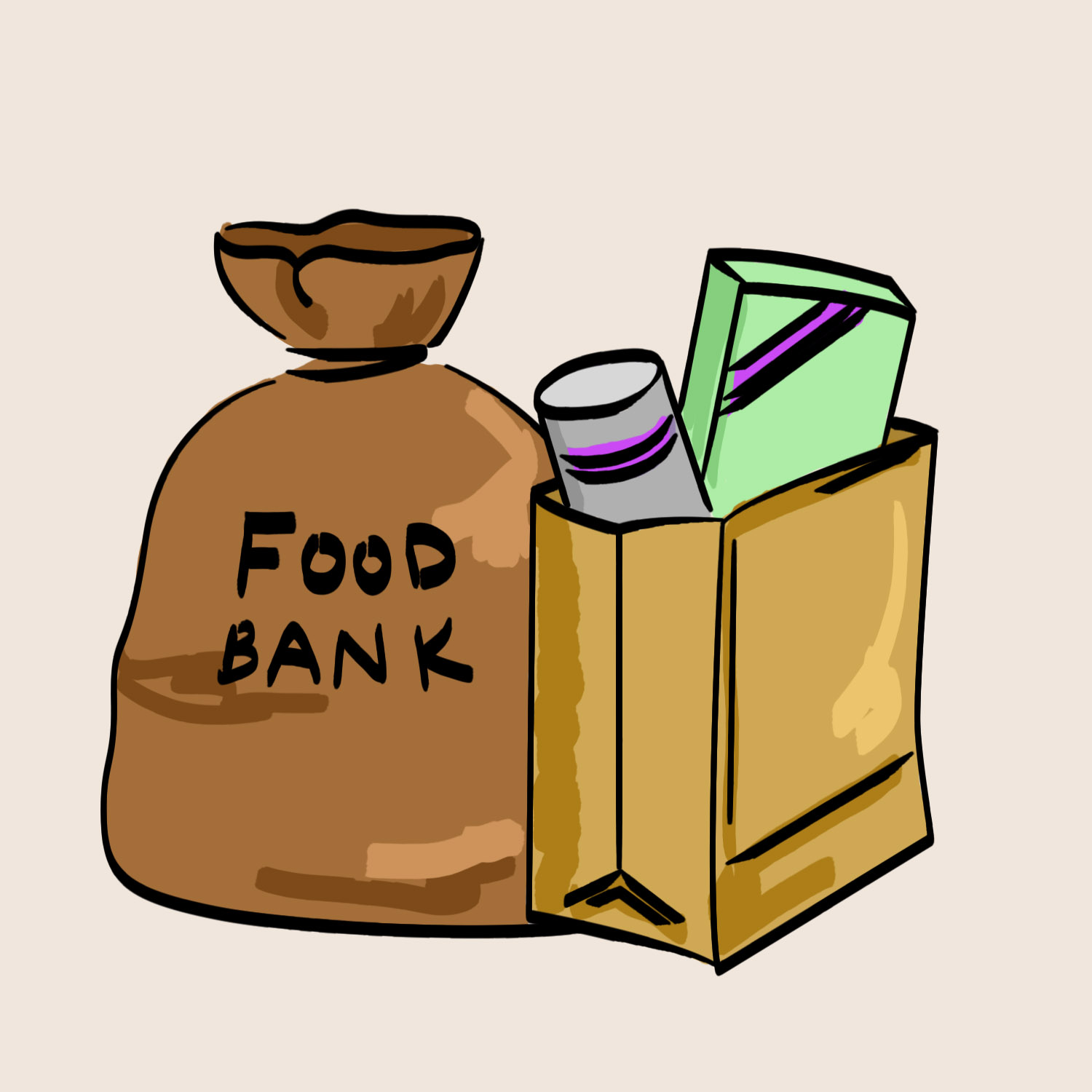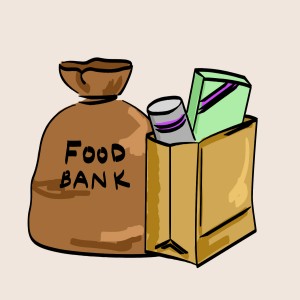Nearly 30,000 served by Food Bank Waterloo

The Food Bank of Waterloo Region has been serving the community for 30 years, continually responding to the need of neighbours in the region who require food assistance.

The Food Bank of Waterloo Region has been serving the community for 30 years, continually responding to the need of neighbours in the region who require food assistance.
Prior to this, House of Friendship, Salvation Army, Anselma House and St. John’s Soup Kitchen were meeting the need for food assistance in the region. With the recession in the 80s however, they were no longer able to meet the need along with providing their other services. In 1982, the food bank was initiated.
“The food bank’s role is get the food in and get the food out to the programs in the community,” explained Ruth Friendship-Keller, community partnerships manager at the food bank. “So the programs can do the one-to-one support service that individuals need. Because everybody needing assistance has a different story and a different underlying reason why they’re coming for assistance.”
Each year, the food bank acquires more than 3 million pounds of food, largely in the form of donations from the community. Some of this is direct donations from processors, packaging companies, farmers or distribution centres who donate large quantities of food.
“It’s only possible because of the tremendous community support,” she said. “The food bank isn’t government funded, it’s community funded.”
After acquiring both perishable and non-perishable food, the food bank then distributes 26,500 pounds to more than 80 programs in the region.
“We don’t provide direct assistance from this location,” Friendship-Keller explained. “We direct them to the program that’s in their neighbourhood or best suited to their needs.”
She continued that each year Food Banks Canada conducts a hunger count, gathering data from food banks across Canada to form a picture of needs in the country. This helps the Food Bank of Waterloo Region estimate how much food they will need to acquire each year.
“But we never have too much,” she said.
Last year, 27,596 people were served. 47 per cent of this was families with children.
Friendship-Keller also noted that there is no “type” of person that finds themselves in need of food assistance.
“It’s no one’s dream as a child that they’re going to grow up and need to go to a food assistance program,” she said. “Life happens, so tough circumstances can force anybody to need some help and it’s great that the community is able to do that for them.”
Often it’s only a temporary amount of time that someone requires assistance, which is where the agencies step in to help them figure out next steps.
Friendship-Keller said the numbers of those in need peaked in 2009 with the economic downturn and have remained consistently higher than prior to this. As a result, the food bank has been working to increase their capacity.
Two years ago, they expanded their cooler and freezer because there are now more chilled and frozen foods in the food industry that they need to be able to accommodate for.
“We also work collaboratively with food banks throughout southwestern Ontario to acquire another 1.7 million pounds of food from food industry donors that we also share with 35 food banks in southwestern Ontario.”
With their refrigerated trucks, they are able to travel distances to acquire food that isn’t needed by other banks.
They’re also working to upgrade infrastructure elements, such as their website, to help better inform the community on how they can help.
“Often people think of the food bank and they think we’ll do a food drive and they’ll gather a box of cans and peanut butter and stuff like that, but the needs of the food bank and the programs we serve goes well beyond a box of food donation,” Friendship-Keller said.
As a result, they try to get people in the building so they can see how the entire operation is volunteer-run.
“My main message is the food bank is 100 per cent community supported and we need everybody remembering those in the community that struggle to put food on the table and remembering that it could happen to anybody.”


